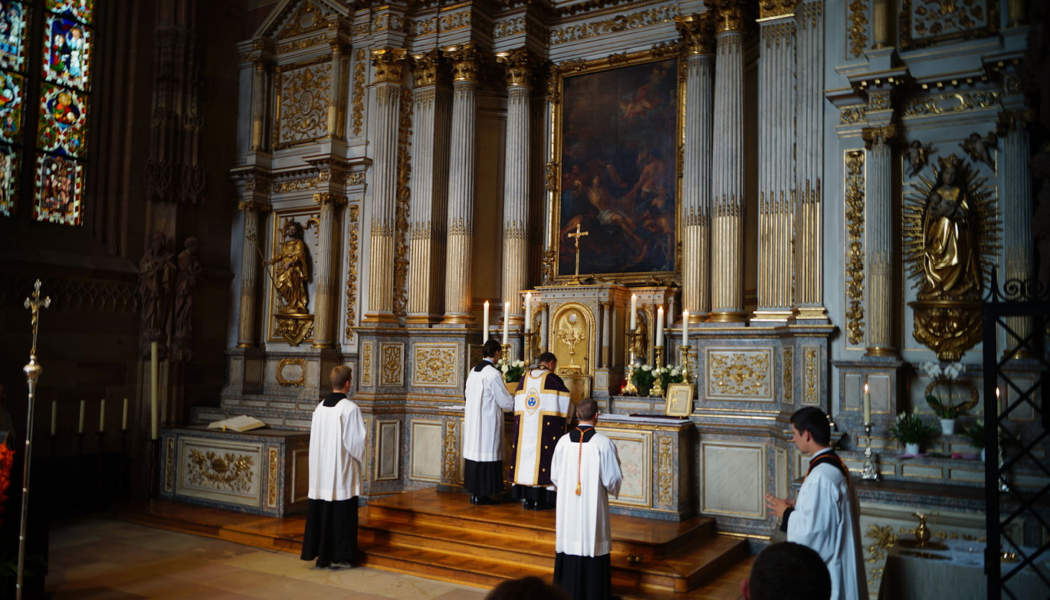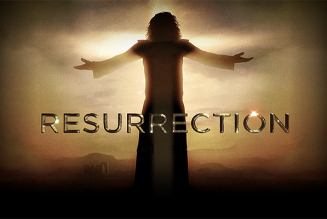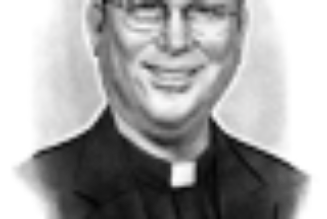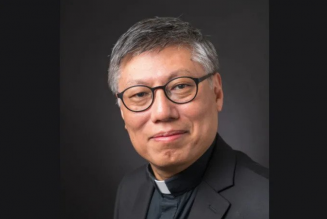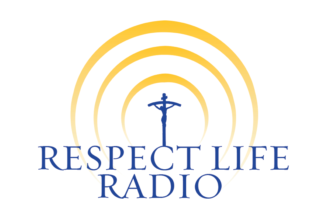Pope Francis on Friday promulgated Traditionis custodes, a new set of norms that makes significant changes to the rules governing the Extraordinary Form of the Roman Rite.
The changes restrict significantly the permission of priests to offer the Extraordinary Form, and place diocesan bishops in the position of regulating its celebration. The changes come after a global survey of bishops, Pope Francis said.

While the pope did not suppress the celebration of the Extraordinary Form, as he was rumored in some circles to be planning, the changes are significant — essentially a rollback of the 2007 motu proprio Summorum pontificum.
Need a primer on terms like “Extraordinary Form” and “Ordinary Form?” Not sure what “ad orientem” means, or why it matters? Read our Latin Liturgy Lexicon here.
In fact, in a letter accompanying the changes, Pope Francis said that Benedict’s effort to widen permission for the Extraordinary Form, “intended to recover the unity of an ecclesial body with diverse liturgical sensibilities, was exploited to widen the gaps, reinforce the divergences, and encourage disagreements that injure the Church, block her path, and expose her to the peril of division.”
The pope added his concern that celebration of the Extraordinary Form “is often characterized by a rejection not only of the liturgical reform, but of the Vatican Council II itself, claiming, with unfounded and unsustainable assertions, that it betrayed the Tradition and the ‘true Church.’”
Catholics attending such Masses are likely to push back on those suggestions. But it will be diocesan bishops who are empowered to implement the Church’s new norms, and their view of local communities will become the most significant factor in the practical changes that Catholics could see locally.
The pope told diocesan bishops: “It is up to you to proceed in such a way as to return to a unitary form of celebration, and to determine case by case the reality of the groups which celebrate with this Missale Romanum.”
Here’s a look at what’s changed:
Who decides?
Before:
From the 2007 promulgation of Summorum pontificum until the promulgation of Traditionis custodes, a priest could decide to offer “Masses celebrated without a congregation” in the Extraordinary Form of the Roman Rite, with no permission required, except during the Easter Triduum.
Religious communities were permitted to decide for themselves whether to celebrate the Extraordinary Form.
Pastors were encouraged to offer the Extraordinary Form, or arrange for another priest to offer it, in parishes “where a group of the faithful attached to the previous liturgical tradition stably exists” if such a group requested the Extraordinary Form.
If pastors did not respond favorably to groups requesting the Extraordinary Form from the, diocesan bishops were “earnestly requested to satisfy their desire.” If bishops were not responsive, Catholics could ask for help at the Vatican’s Ecclesia dei commission, or, after that commission was suppressed, the Congregation for the Doctrine of the Faith.
Now:
It is now the “exclusive competence” of the diocesan bishop “to authorize the use of the 1962 Roman Missal in his diocese.”
Already-ordained priests who already offer the Extraordinary Form are required to ask permission from their diocesan bishop to continue doing so.
Not-yet-ordained priests who want to offer the Extraordinary Form after ordination may also ask their bishop for authorization. The bishop is required to consult the Congregation for Divine Worship before giving permission.
Where?
Before:
Pastors were encouraged to permit the celebration of the Extraordinary Form in their parishes if they received an appropriate request.
Rectors of non-parochial churches — like basilicas or shrines — were competent to decide whether to permit the Extraordinary From in those churches.
Bishops were permitted to establish specific parishes — called “personal parishes” for the people of a diocese who wanted to attend Mass in the Extraordinary Form. Here is one such personal parish.
Now:
Bishops are to designate “one or more locations where the faithful adherents of these groups may gather for the eucharistic celebration.”
Those locations are not supposed to include “parochial churches,” according to Traditiones custodes, and bishops are not supposed to erect new personal parishes for Catholics who want to attend Mass in the Extraordinary Form.
It is not yet clear what sacred spaces the motu proprio envisions, as most churches in most dioceses are parish churches — that provision may well be revised or clarified in the days to come.
Groups and chaplains
Before:
Diocesan bishops could appoint a “rector or chaplain” to tend to the sacramental needs of Catholics wanting to attend Mass in the Extraordinary Form.
Now:
Diocesan bishops in places where Catholics want to attend Mass in the Extraordinary Form is to “appoint a priest who, as delegate of the bishop, is entrusted with these celebrations and with the pastoral care of these groups of the faithful.“
The bishop is encouraged to see that the appointed priest has at heart “not only the correct celebration of the liturgy, but also the pastoral and spiritual care of the faithful.”
The bishop is also charged to determine that groups of Catholics who want to attend Mass in the Extraordinary Form, “do not deny the validity and the legitimacy of the liturgical reform, dictated by Vatican Council II and the Magisterium of the Supreme Pontiffs.”
He is also “to take care not to authorize the establishment of new groups.”
The changes are effective immediately.
Join Our Telegram Group : Salvation & Prosperity
